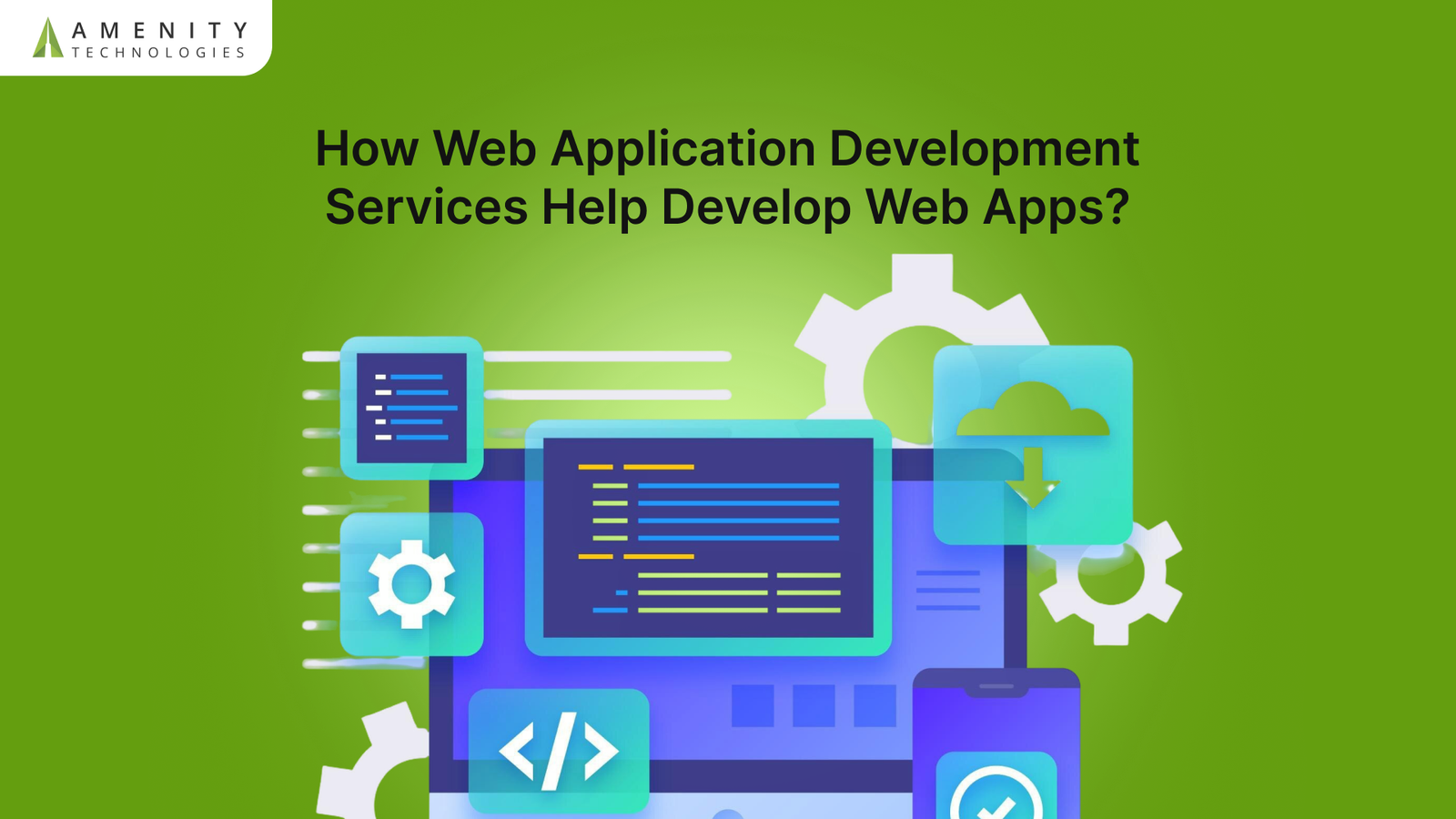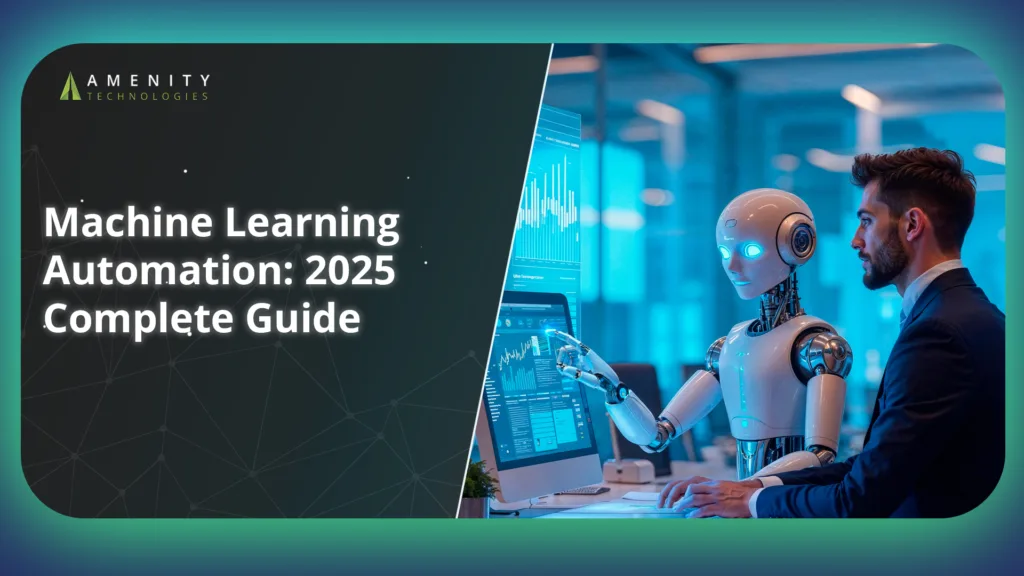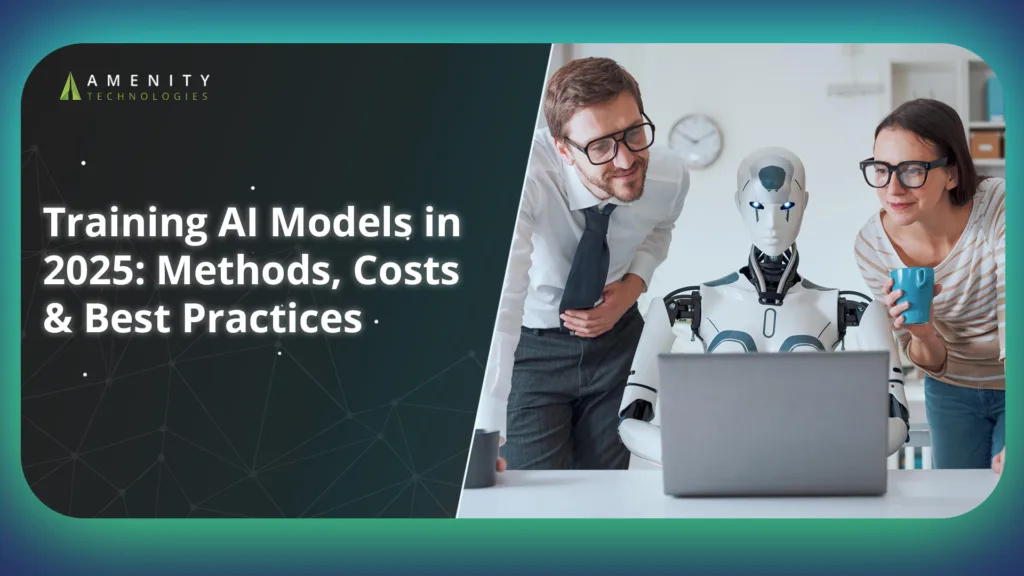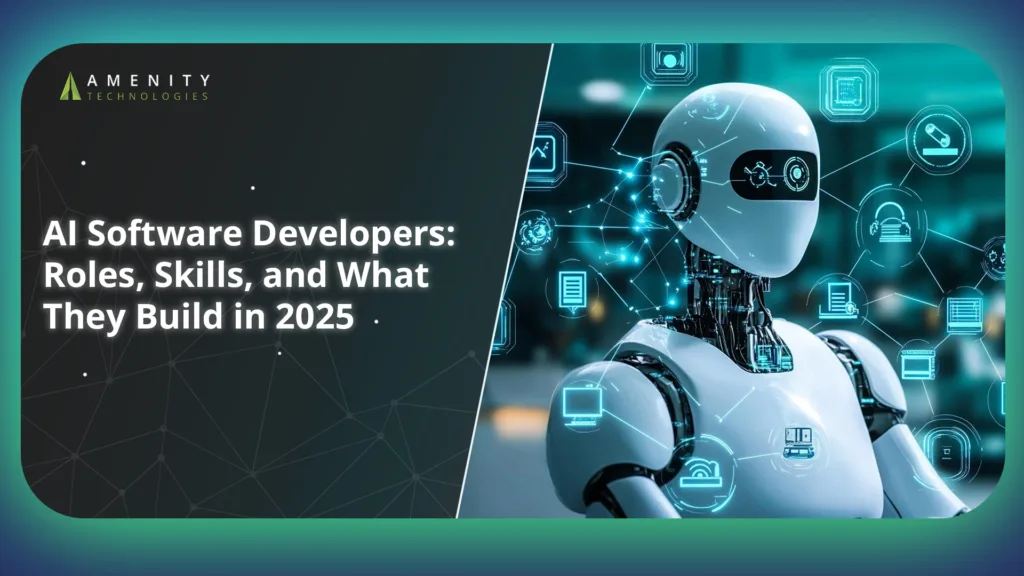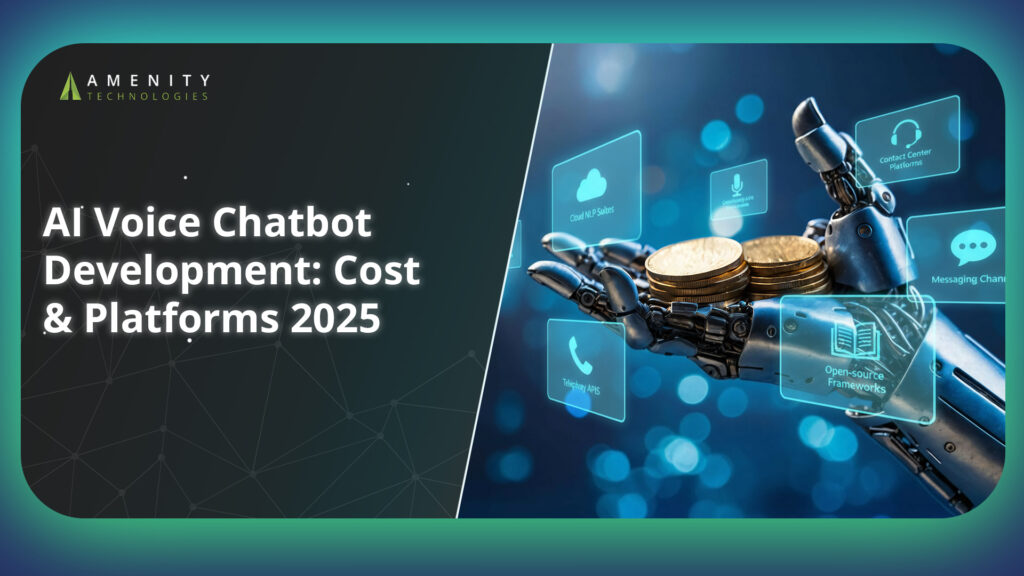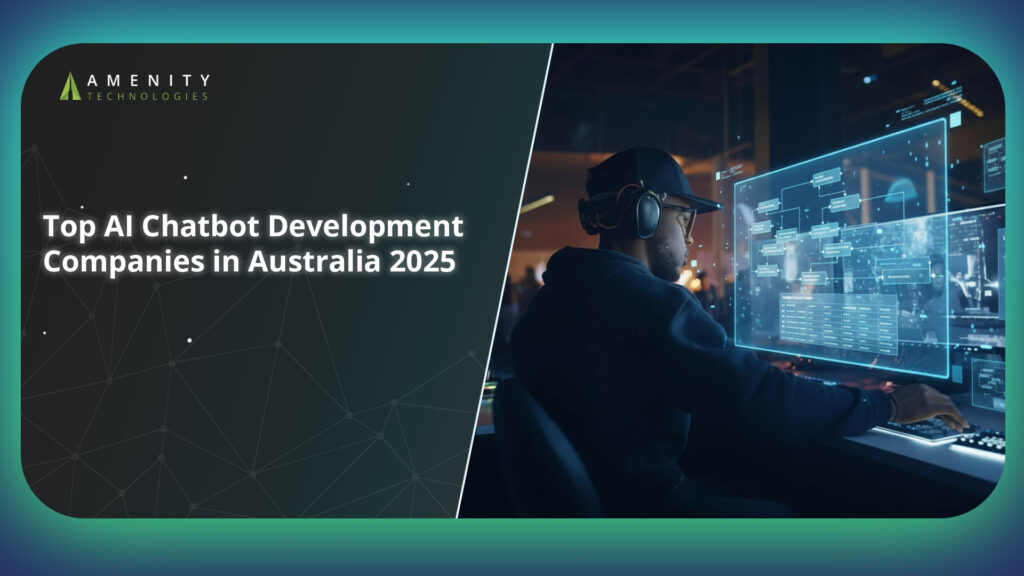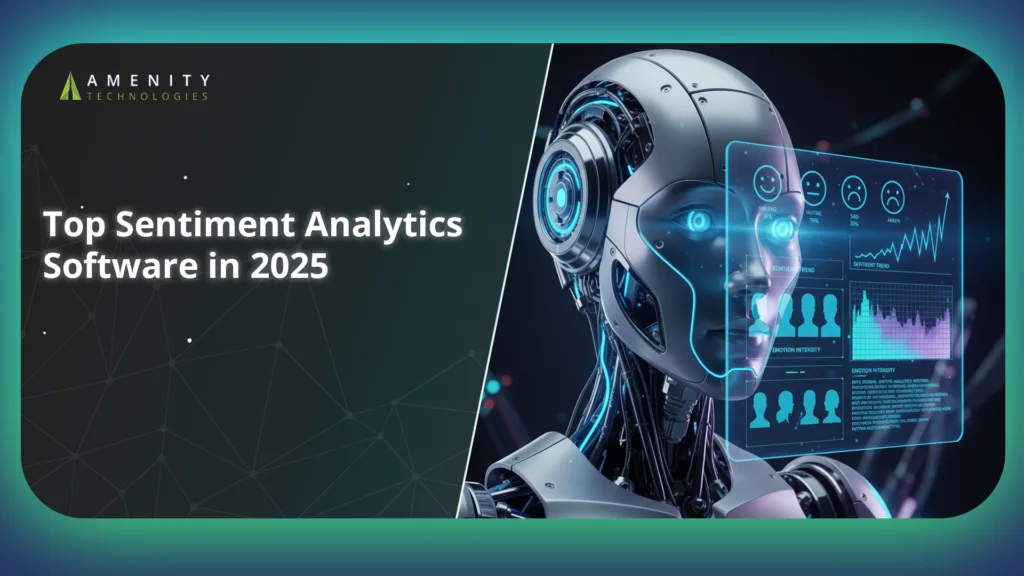The global web application development services market is projected to grow from USD 74.69 billion in 2025 to USD 104.31 billion by 2030, reflecting a steady CAGR of 6.91% . This growth underscores the increasing reliance on custom web app solutions to meet diverse business needs.
In 2025, businesses expect enterprise web app development to deliver applications that are not only functional but also scalable, secure, and user-friendly. With the rise of technologies like low-code web development and serverless architecture, the development process has become more efficient, allowing for faster time-to-market and reduced costs.
However, the demand for robust web application development services also brings challenges. According to recent statistics, 26% of data breaches stem from web app vulnerabilities, highlighting the critical importance of integrating security into the development process.
This article explores how leveraging professional web application development services can help businesses build applications that are not only innovative but also secure and scalable, ensuring they meet the evolving needs of users and stay competitive in the digital age.
1. Strategic Planning & Requirements Analysis
Effective web application development services begin with thorough planning and clear requirement analysis. Defining precise business goals and understanding technical needs early in the process reduces risks and aligns development efforts with desired outcomes. This phase lays the groundwork for building scalable and maintainable web apps that meet user expectations.
Aligning Business Goals with Technical Scope
Successful web application development services start by defining clear business objectives. Identifying target users and understanding their needs shapes the features and performance expectations of the web app. Setting measurable success metrics upfront guides development and ensures the final product supports business priorities effectively. This approach reduces costly changes later and aligns technical work with tangible results.
Choosing the Right Stack & Architecture
Selecting the right technology stack and architecture directly impacts scalability and maintenance. For instance, cloud-native web apps built on microservices allow modular growth and independent updates. In contrast, simpler applications may benefit from monolithic architectures for faster initial development. Deciding between serverless architecture, microservices, or monolithic designs depends on app complexity, expected traffic, and operational goals. Thoughtful architectural choices ensure long-term efficiency and performance.
2. Custom Web App Design & User Experience
Creating a positive user experience is essential in web application development services. Design choices impact how users interact with your app and influence engagement and conversion rates. A focus on responsive design and clear UX flows helps keep users satisfied and drives business results.
Responsive & Mobile-First Approach
Building a progressive web app with a mobile-first mindset ensures that the application works smoothly across all devices. Responsive frameworks adjust layouts and interactions dynamically, offering users a consistent experience on smartphones, tablets, and desktops. This adaptability improves accessibility and broadens your user base.
UX Flows That Convert and Engage
Designing clear and intuitive user flows encourages users to complete desired actions. Mapping out user journeys, creating prototypes, and running A/B tests help optimize the app’s navigation and features. This process reduces bounce rates and increases conversions, directly supporting business goals.
3. Modern Front-End & Back-End Technologies
Choosing the right technologies in web application development services drives performance and maintainability. Modern frameworks and backend tools enable fast, dynamic interfaces and secure, scalable data handling.
Front-End Frameworks for Dynamic UIs
Using frameworks like React, Angular, or Vue.js supports building interactive and responsive user interfaces. These tools help developers create maintainable codebases that deliver smooth experiences and handle real-time updates effectively. This leads to better user engagement and easier future enhancements.
Robust API-Driven Back-End & BaaS
A strong backend relies on APIs built with technologies like Node.js or Django. Integrating backend-as-a-service (BaaS) platforms such as Firebase accelerates development by providing ready-made features for authentication, notifications, and data synchronization. These solutions also improve security and reduce infrastructure overhead.
4. Scalability with Cloud, Microservices & Serverless
Building for growth is a key part of web application development services. Scalability ensures your app handles increasing traffic and demand without performance loss.
Auto-Scaling & Fault-Tolerance
Implementing cloud-native web apps on microservices architecture enables modular scaling. Each component scales independently, improving fault tolerance and system reliability under heavy loads. This setup minimizes downtime and keeps user experience consistent.
Serverless Architecture Benefits
Using serverless architecture with function-as-a-service (FaaS) platforms like AWS Lambda reduces operational complexity. It automatically adjusts resources based on traffic, lowering costs during low usage periods while supporting peak loads efficiently. This approach simplifies maintenance and improves cost management.
5. Security & Compliance by Design
Security is non-negotiable in web application development services. Protecting your app from breaches and ensuring regulatory compliance must be integral, not an afterthought.
DevSecOps & Secure Coding Practices
Embedding security into every stage of development through DevSecOps strengthens your app’s defenses. Automated vulnerability scans, continuous dependency checks, and immediate patching prevent exploits before deployment. This proactive security reduces downtime risks and protects user data from emerging threats.
Data Protection & Privacy Standards Enforcement
Meeting strict regulations like GDPR and HIPAA demands rigorous data protection measures. Encryption, granular access controls, and secure API gateways prevent unauthorized access and data leaks. These protocols build user trust and avoid costly legal consequences by ensuring full compliance.
6. AI-Powered Features & Automation
Integrating AI enhances the value of web application development services by adding intelligent automation and personalized experiences that improve user engagement and operational efficiency.
Smart Search, Chatbots & Personalization
Incorporating AI-driven features such as smart search, chatbots, and content personalization helps deliver relevant information quickly and supports user interactions 24/7. These elements improve UX and reduce manual support efforts, making your web app more responsive and user-friendly.
Predictive Analytics & Reporting Dashboards
Embedding predictive analytics and real-time reporting dashboards provides actionable insights from user behavior and system data. Teams can make data-driven decisions, optimize processes, and anticipate future trends, increasing the overall effectiveness of the web app.
7. Maintenance, Support & Continuous Improvement
Ongoing care is vital for web application development services to keep apps reliable, secure, and aligned with evolving user needs.
Monitoring, Analytics & Error Tracking
Implementing real-time monitoring and analytics uncovers performance bottlenecks and errors quickly. This continuous visibility enables faster troubleshooting and ensures smooth operation, reducing downtime and improving user satisfaction.
Agile Iterations & Feature Releases
Using agile methodologies allows for regular updates based on user feedback and testing. Sprint-based development and A/B testing help release new features efficiently while adapting to changing requirements, keeping your app relevant and competitive.
How Amenity Technologies Can Help?
Amenity Technologies delivers comprehensive web application development services and enterprise web app development that align technology with your business goals. Our team provides strategic consulting to clarify vision and scope, ensuring every project targets specific outcomes.
We excel in UI/UX design, crafting responsive and dynamic interfaces that engage users effectively. Our development expertise covers front-end frameworks like React and Angular, alongside back-end solutions including Node.js, Django, and backend-as-a-service (BaaS) platforms.
To support growth, we build scalable infrastructure using cloud-native web apps, microservices, and serverless architecture. Security remains a priority through integrated DevSecOps pipelines enforcing compliance and secure coding standards.
Amenity also integrates AI-powered features such as chatbots, recommendation engines, and analytics dashboards to enhance functionality. Our end-to-end maintenance includes continuous monitoring, timely updates, and agile feature rollouts. This ensures your web app remains performant, secure, and adaptable to future needs.
Conclusion
Expert web application development services turn ideas into secure, scalable, and user-focused web apps. From strategic planning and architecture to AI-enhanced features and continuous support, professional services accelerate delivery while ensuring quality and return on investment.
Whether launching a customer portal or an internal dashboard, partnering with Amenity Technologies brings technical expertise and business results. Build web apps that engage users, handle growing traffic, and evolve with your goals.
FAQs
1. What’s the difference between web application development and website building?
Web apps are interactive and dynamic, offering user authentication, data processing, and API integrations. Websites typically provide static content with limited functionality.
2. How much does a custom web app cost?
Costs vary by scope. Small apps usually start around $30,000, while enterprise-grade solutions can exceed $100,000 depending on features and integrations.
3. Can you integrate AI into my web app?
Yes. Amenity Technologies specializes in adding AI features like chatbots, smart search, personalization, and analytics tailored to your needs.
4. What time frame is typical for development?
From initial discovery to MVP launch generally takes 12 to 20 weeks. Post-launch, ongoing updates and feature enhancements continue.
5. How do you ensure app security and compliance?
We use DevSecOps practices, secure coding, encryption, and comply with GDPR and HIPAA via automated pipelines and regular audits.
6. Will my web app scale as traffic grows?
Yes. We design apps using scalable cloud infrastructure, microservices, and serverless patterns to manage growth smoothly.


